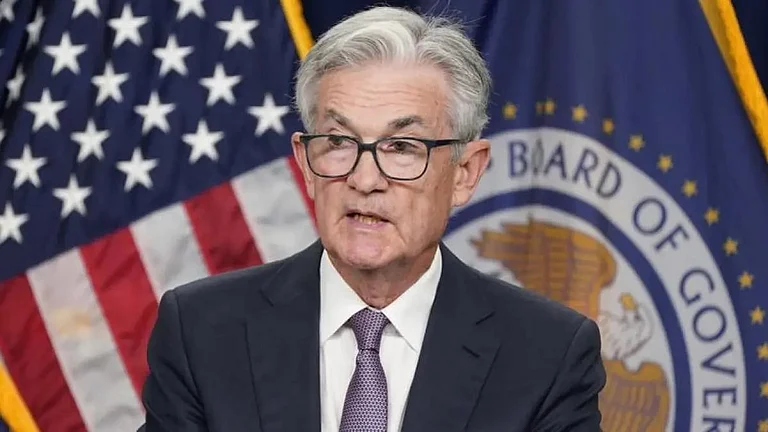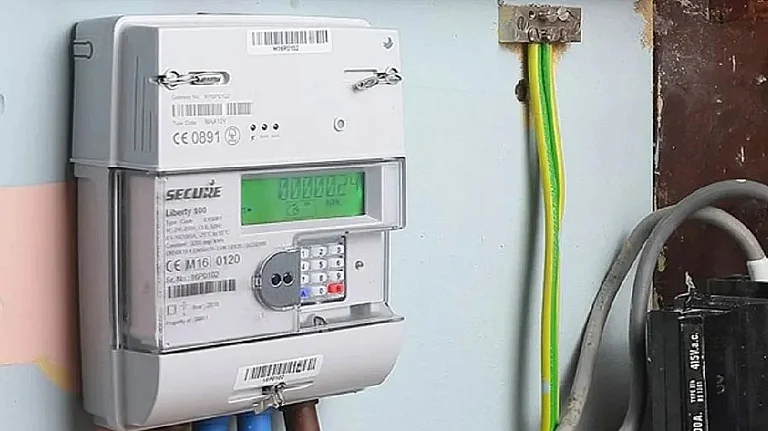Ireland is at risk of paying a “staggering” bill between €8 billion and €26 billion to other EU members if it fails to meet its 2030 climate targets, according to a joint report released by the Irish Fiscal Advisory Council (IFAC) and Climate Change Advisory Council (CCAC) on March 4.
The report stated that Ireland is currently on the path of missing its commitments to reduce greenhouse gas emissions. It warned that if the climate action is not ramped up then Ireland will have to pay significant fine for the lapse.
“Without action to reduce emissions now, Ireland will face avoidable costs,” the report said. The Irish fiscal and climate change advisory councils said that the government could reduce the potential costs to between €3 and €12 billion if it follows a “faster and more comprehensive approach to implementing measures under” its Climate Action Plan.
Why Does Ireland Have to Pay?
The EU’s Effort Sharing Regulation sets national targets for reducing greenhouse gas emissions for its member states. These targets apply to at least five sectors, road transport, buildings, small industry, waste and agriculture. Each country's goal is modified depending on its GDP, with wealthier nations undergoing stricter requirements, according to Euronews.
As per the binding, the underperforming countries have to buy ‘emissions allocations’ – essentially carbon credits – from those that are overperforming in order to bridge the gap.
But the price of these allocations depends on the extent to which other EU member states achieve or overachieve on their targets. This makes the price of each credit challenging to predict, leading to the massive variation in the predicted cost.
“Ireland can take actions now to offset potential costs down the line,” explained Seamus Coffey, chair of the IFAC, adding that the country can achieve that without threatening the wider sustainability of public finances.
According to Euronews Taoiseach, Micheál Martin admitted to not having read the report in its entirety, however, he pointed to a “big wave” of upcoming spending on the electricity grid and an upcoming push for offshore wind. He also added that the government was “determined” to continue progressing on climate.
How Far Is Ireland from Meeting its Targets?
According to data published by the Ireland’s Environmental Protection Agency on May 2024, the country is projected to reduce its greenhouse gas emissions by 29% by 2030—far below the original target of cutting emissions by 51% by 2030.

































